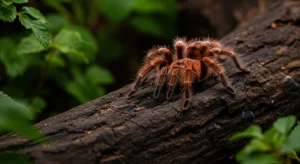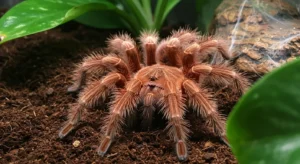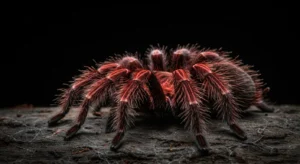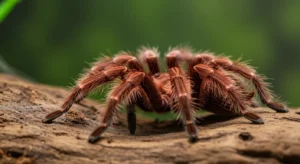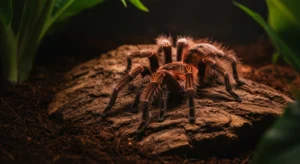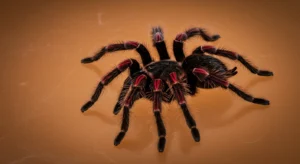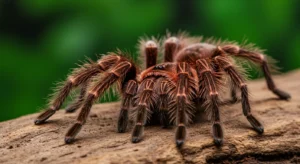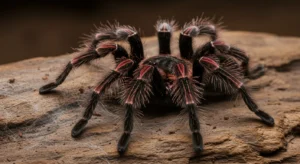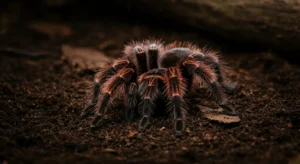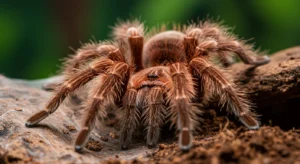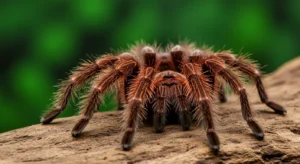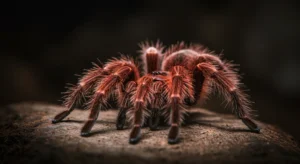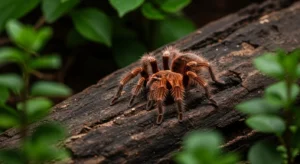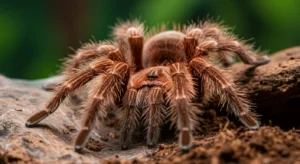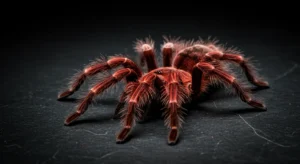The History of Chilean Rose Tarantulas in the Pet Trade
Introduction: A Hobby Staple
The Chilean Rose Tarantula (Grammostola rosea / porteri complex) is one of the most recognizable and foundational species in the modern tarantula keeping hobby. Its journey from a relatively unknown South American spider to a global pet trade phenomenon reflects broader trends in exotic pet keeping, including collection, breeding, and shifts in husbandry understanding. Exploring this history reveals why it became such an enduringly popular choice.
Early Days: Discovery and Initial Imports
Grammostola rosea was scientifically described relatively early compared to some other tarantulas. However, its entry into the pet trade in significant numbers didn’t occur until the latter half of the 20th century. Early exotic pet enthusiasts primarily focused on reptiles and amphibians, with large spiders being a niche interest. Initial imports of Chilean Roses were likely sporadic and targeted towards specialized collectors and zoos.
The Rise in Popularity (Late 20th Century)
Several factors contributed to the Chilean Rose’s surge in popularity, particularly from the 1980s onwards:
- Hardiness: Early keepers discovered their tolerance for a range of conditions and beginner errors, making them more likely to survive than delicate species.
- Temperament: Their generally docile nature reduced the intimidation factor often associated with large spiders.
- Availability and Cost: Large-scale importation from Chile made them readily available and relatively inexpensive compared to rarer tarantulas. This accessibility opened the door for casual hobbyists.
- Appearance: Their manageable size and often attractive pinkish/reddish hairs made them visually appealing.
This confluence of traits cemented their reputation as the quintessential “beginner tarantula.” The history of tarantulas as pets often credits G. rosea with bringing many people into the hobby.
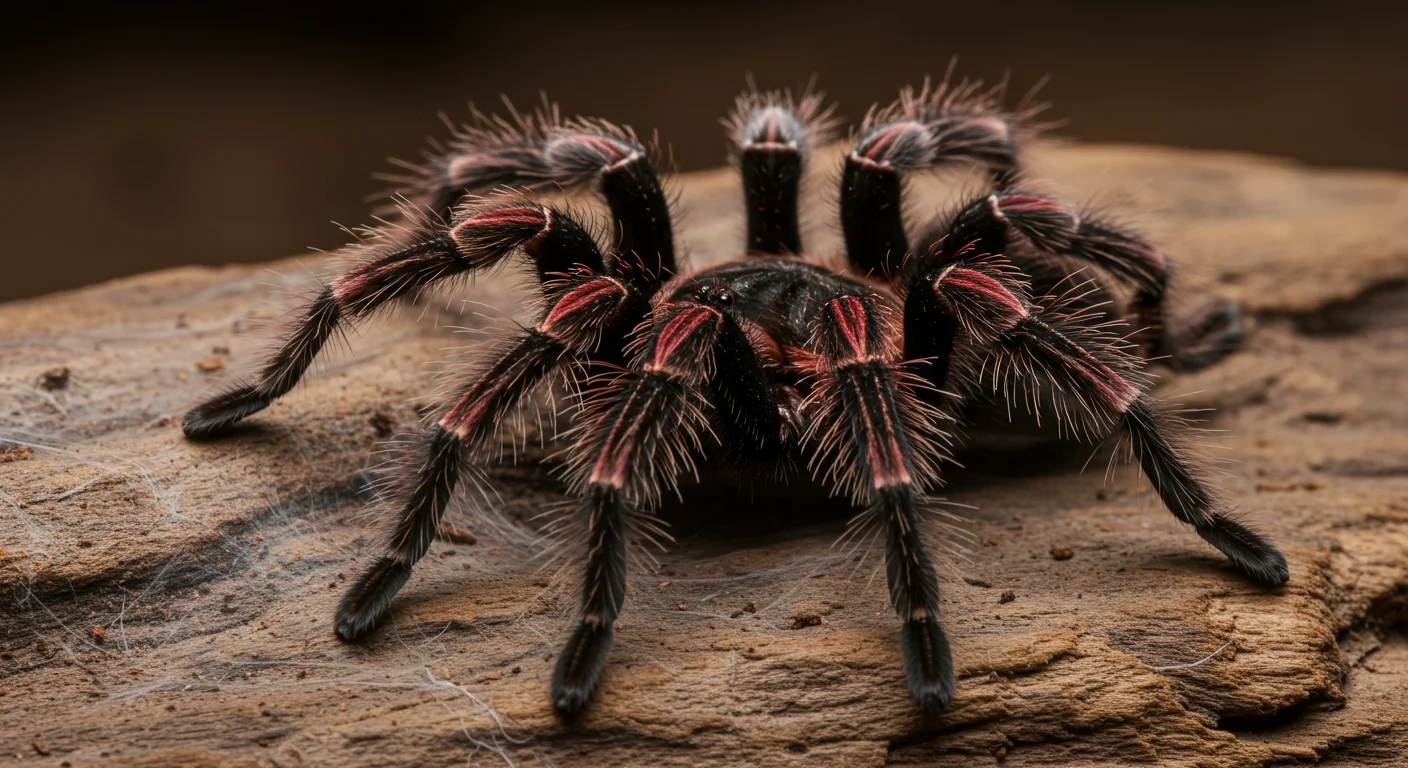
Wild-Caught vs. Captive-Bred Era
For many years, the vast majority of Chilean Rose Tarantulas in the pet trade were wild-caught imports. Chile exported large numbers, leading to concerns about sustainability and the stress placed on wild populations. While G. rosea is widespread and not considered endangered, the ethics and potential ecological impact of large-scale wild collection became a growing concern within the hobby and scientific communities (related to broader wildlife trade issues).
Successfully breeding Chilean Roses in captivity, while sometimes considered challenging due to their potential reluctance to mate and long maturation times, gradually became more common. Today, while wild-caught specimens may still occasionally appear, captive-bred individuals are increasingly available and often preferred by conscientious keepers due to known provenance and reduced stress on wild populations.

The *Porteri* vs. *Rosea* Confusion
A significant point in their recent history is the taxonomic confusion between Grammostola rosea and Grammostola porteri. For decades, most imports were simply labeled “Chilean Rose” or G. rosea. However, taxonomic reviews suggested that many (perhaps most) of the commonly traded “rose hairs,” particularly the browner color forms, are actually G. porteri. The “true” G. rosea is often considered the form with more vibrant red/pink hairs (often called RCF – Red Color Form). This ongoing taxonomic debate means many pets historically sold as G. rosea might technically be G. porteri, though care requirements are virtually identical.
Current Status in the Hobby
Despite the taxonomic ambiguity and the introduction of countless other tarantula species to the hobby, the Chilean Rose (in its various forms) remains a perennial favorite. Its reputation for being hardy and docile continues to make it a top recommendation for beginners. While perhaps less “exotic” than newer species, its reliability and ease of care ensure its continued presence in pet stores and breeders’ collections worldwide.
Whether labeled rosea or porteri, the “Chilean Rose” tarantula complex has played an undeniable role in shaping the tarantula keeping hobby.
Conclusion: An Enduring Legacy
The history of the Chilean Rose Tarantula in the pet trade is a story of discovery, accessibility, and adaptation. From early obscurity to becoming a cornerstone species largely through wild imports, and now transitioning towards more captive breeding and facing taxonomic clarifications, its journey reflects the evolution of the tarantula hobby itself. Its inherent traits of hardiness and calmness secured its place early on, creating an enduring legacy as one of the most important and beloved tarantulas in captivity.
Context on wildlife trade sourced from Wikipedia contributors, “Wildlife trade,” Wikipedia, The Free Encyclopedia, (accessed [Current Date]).
